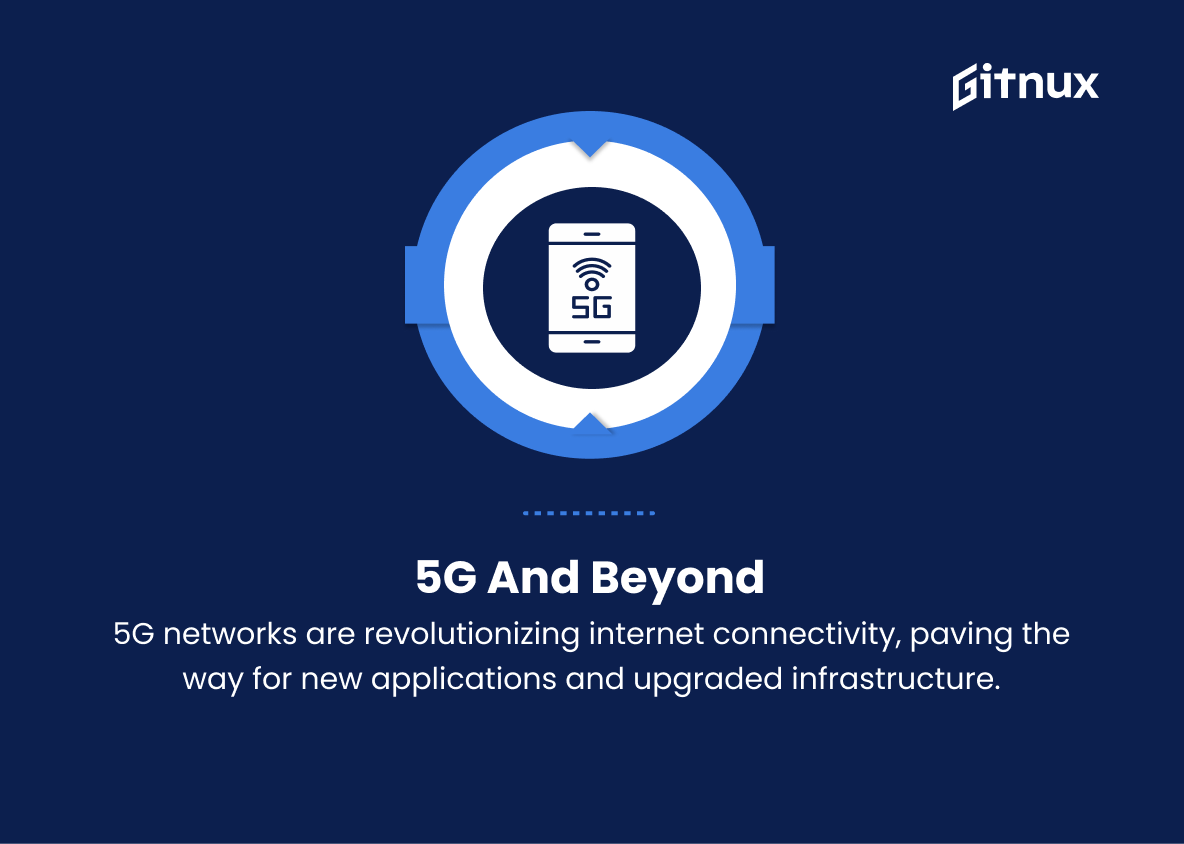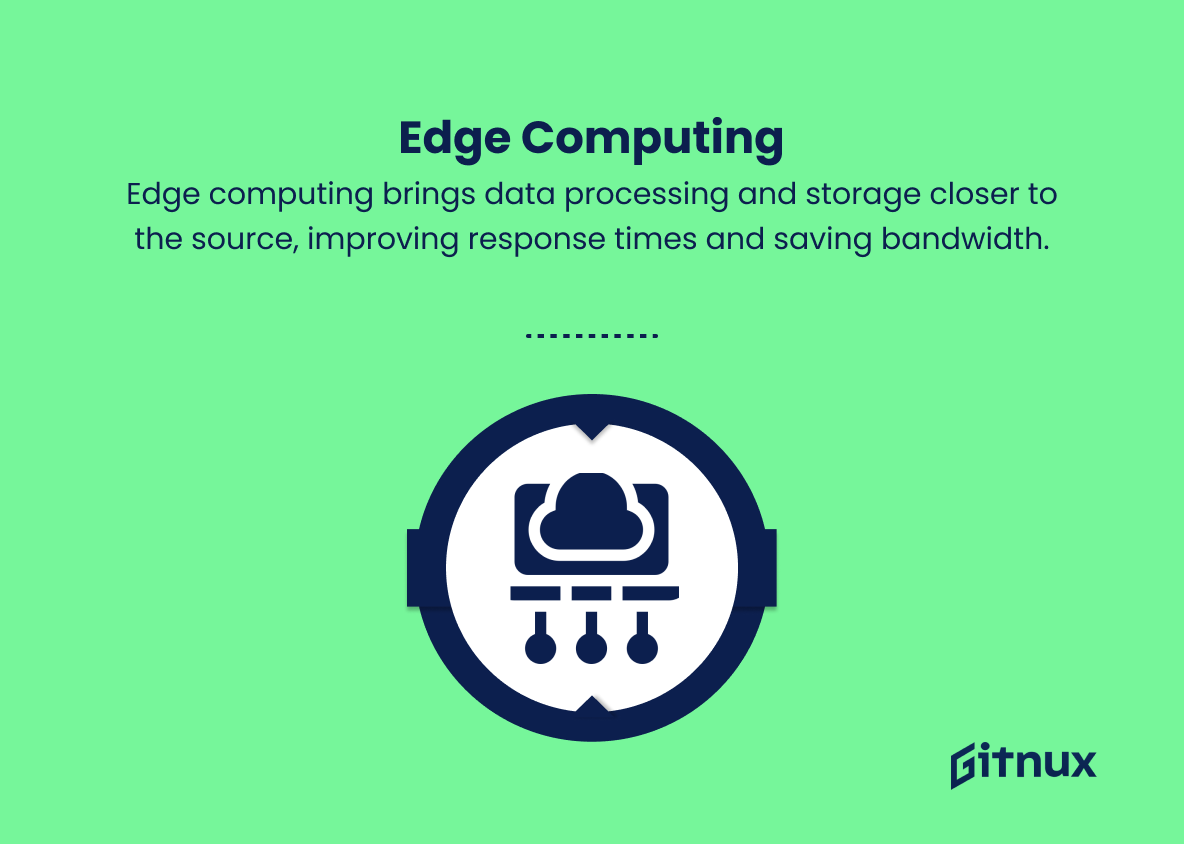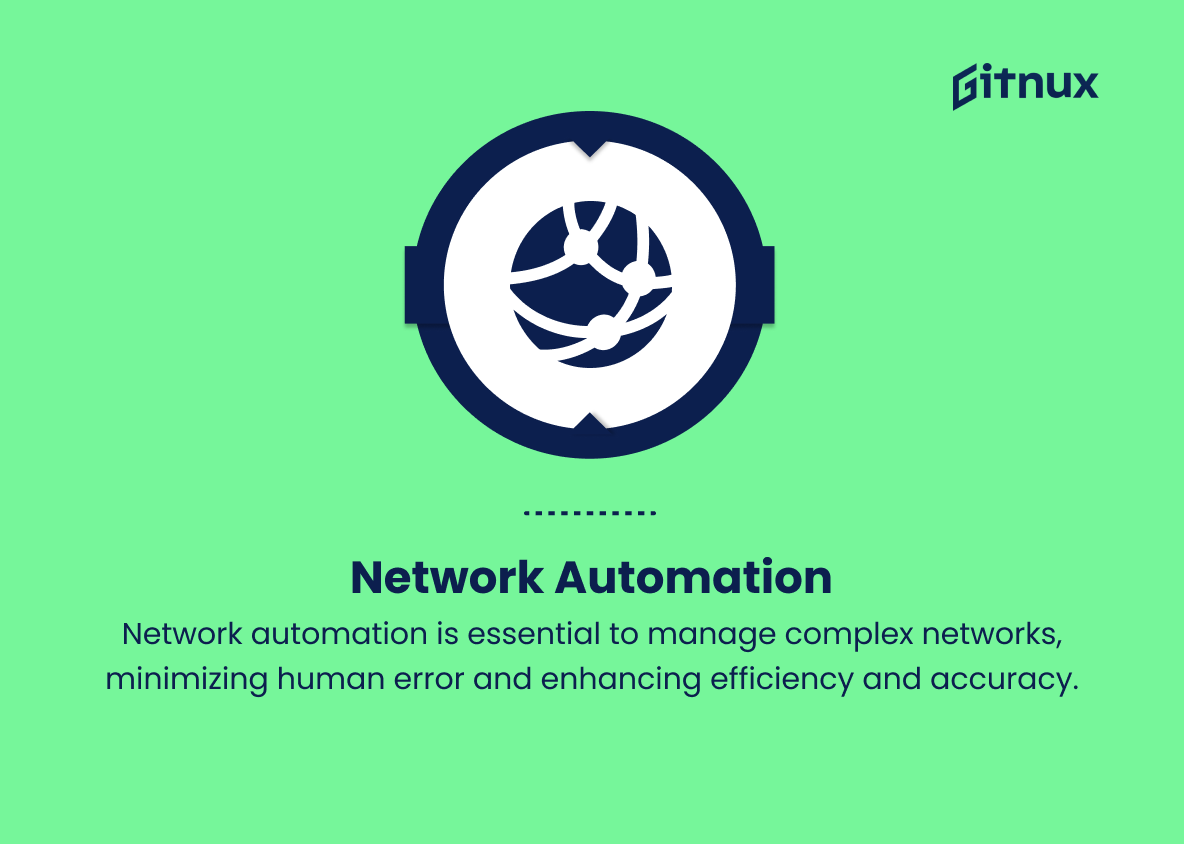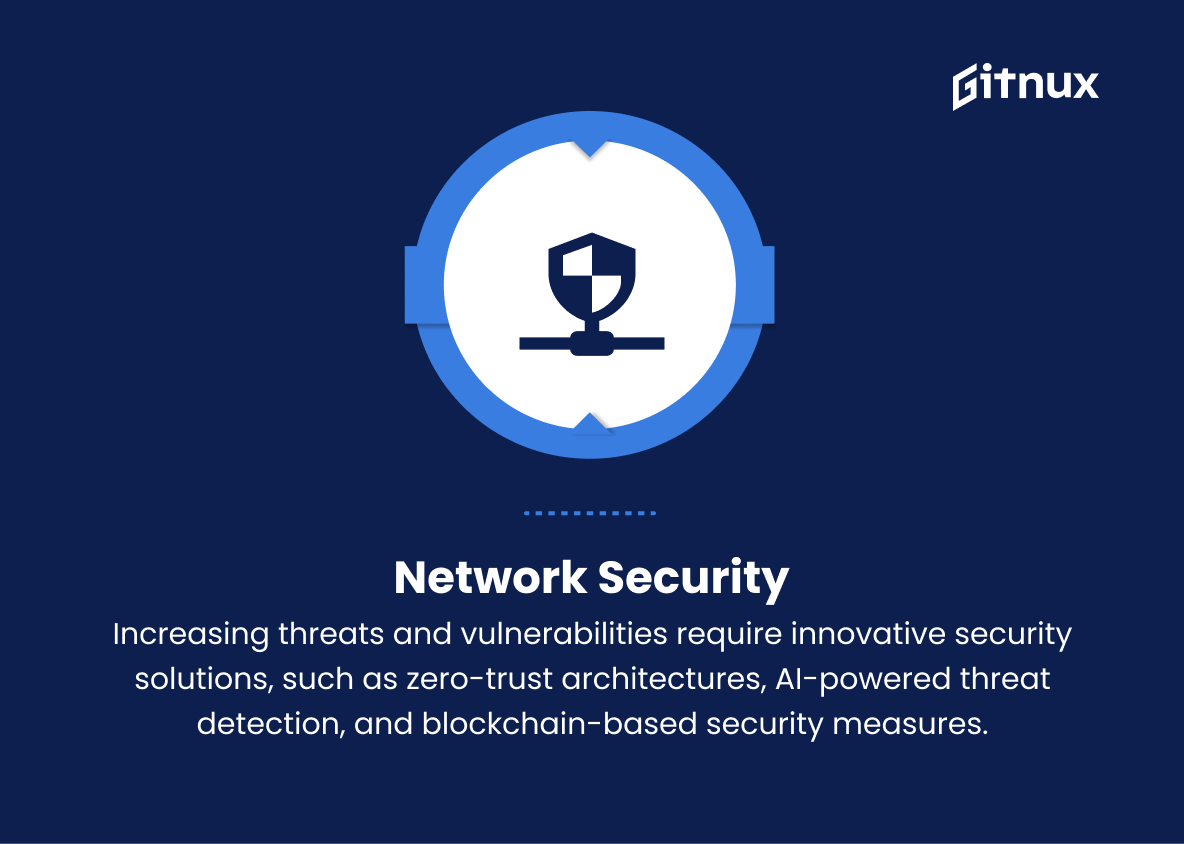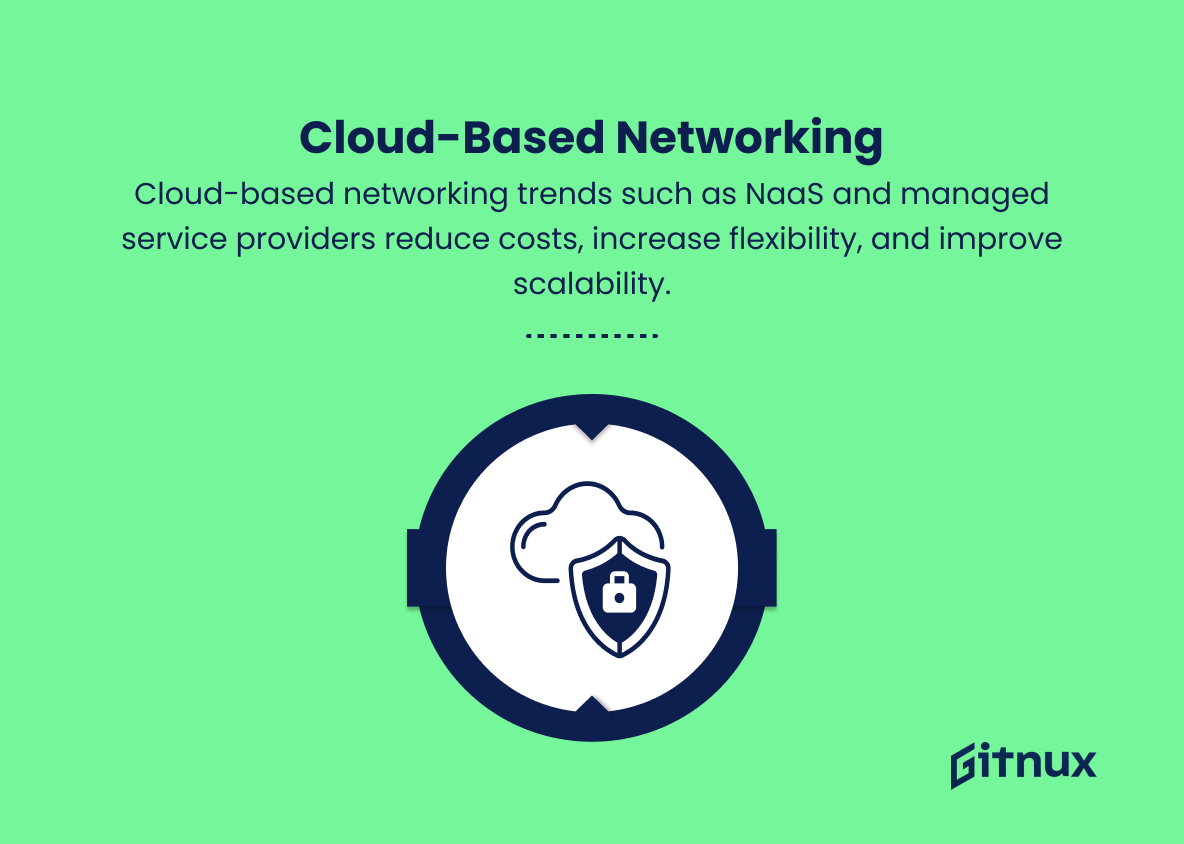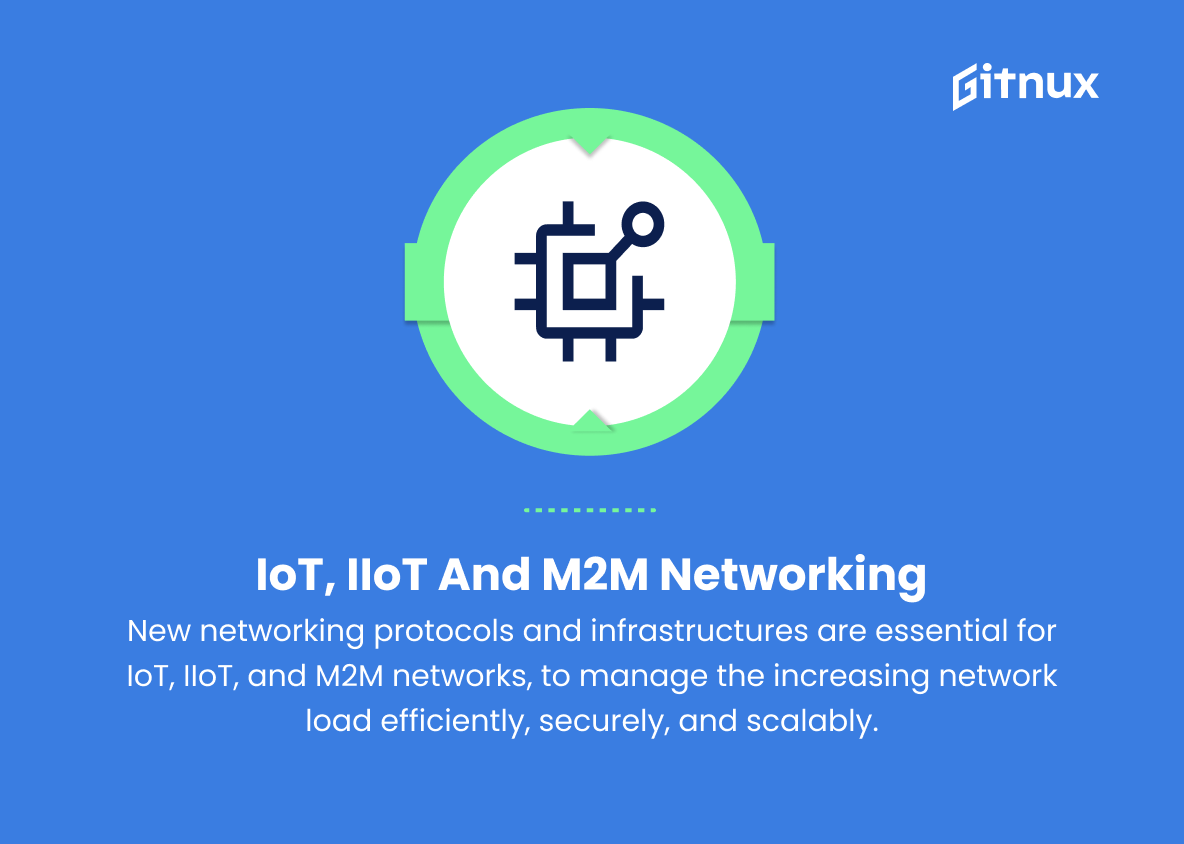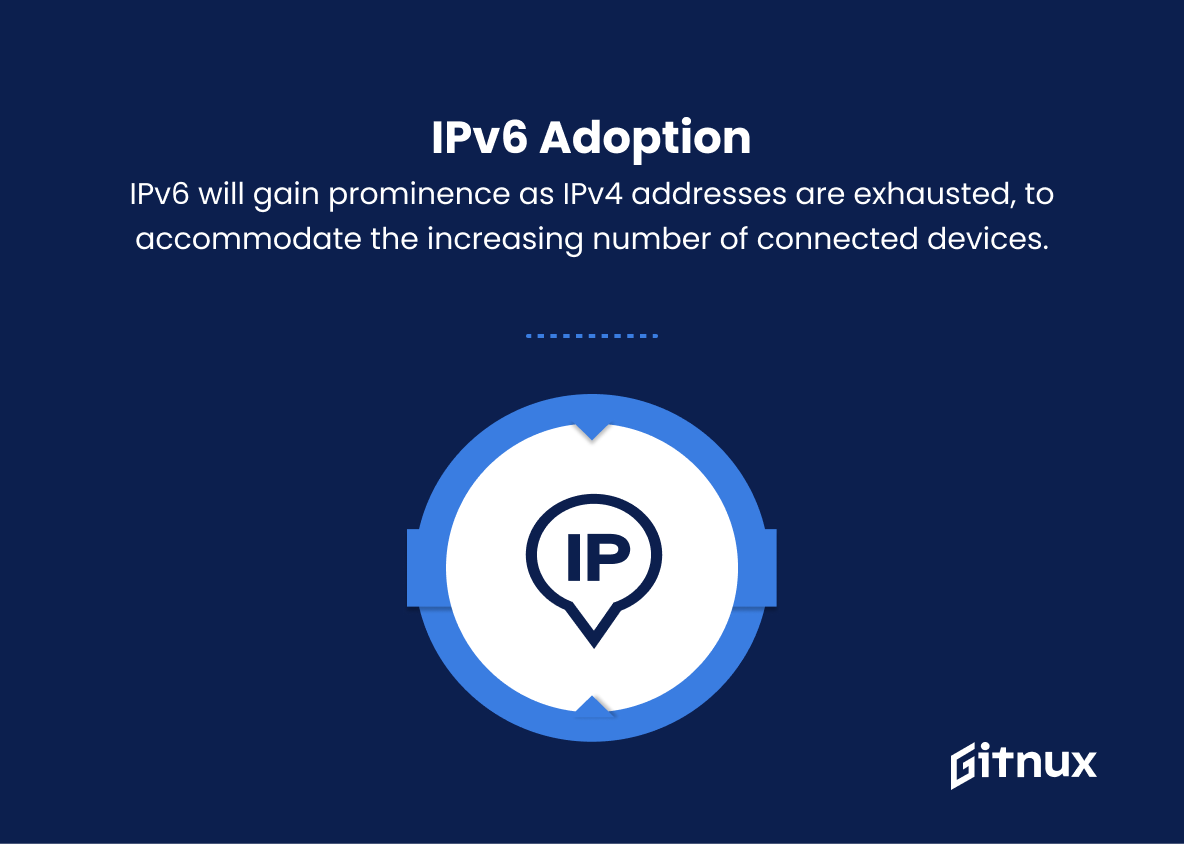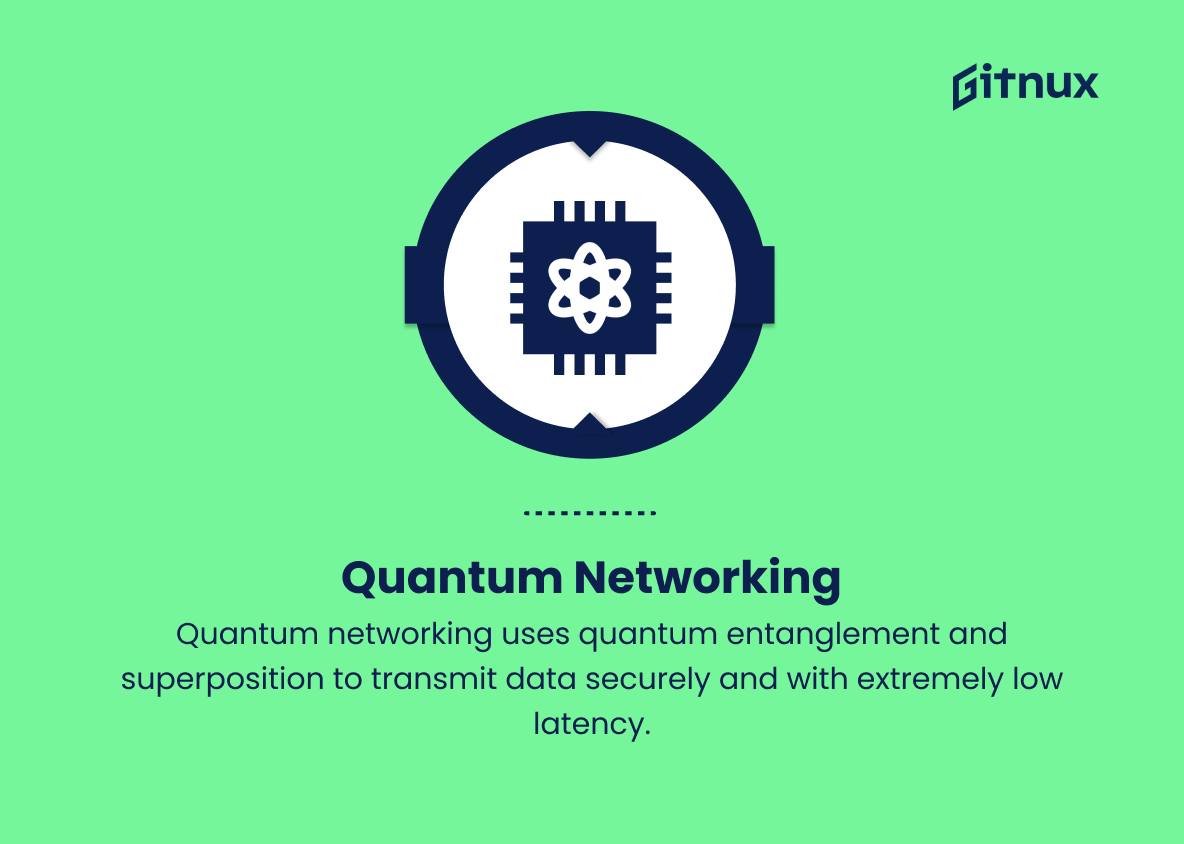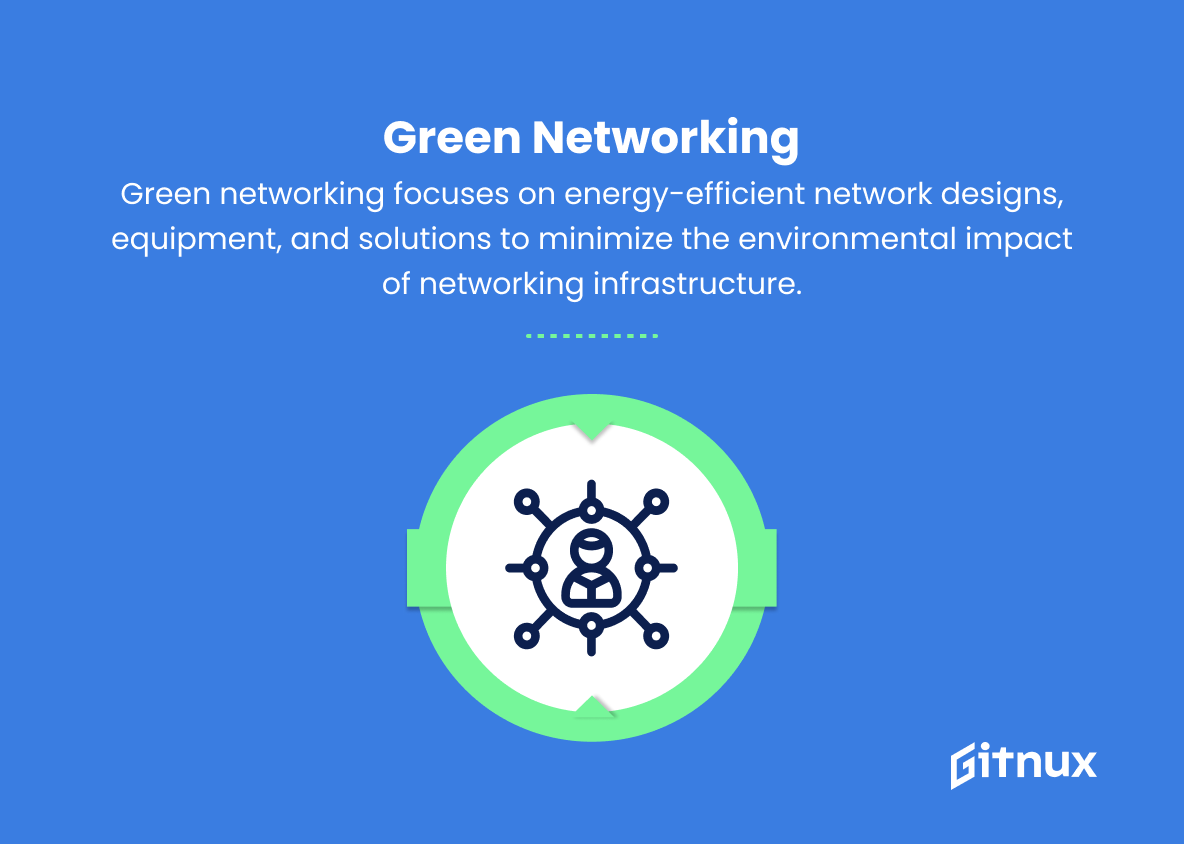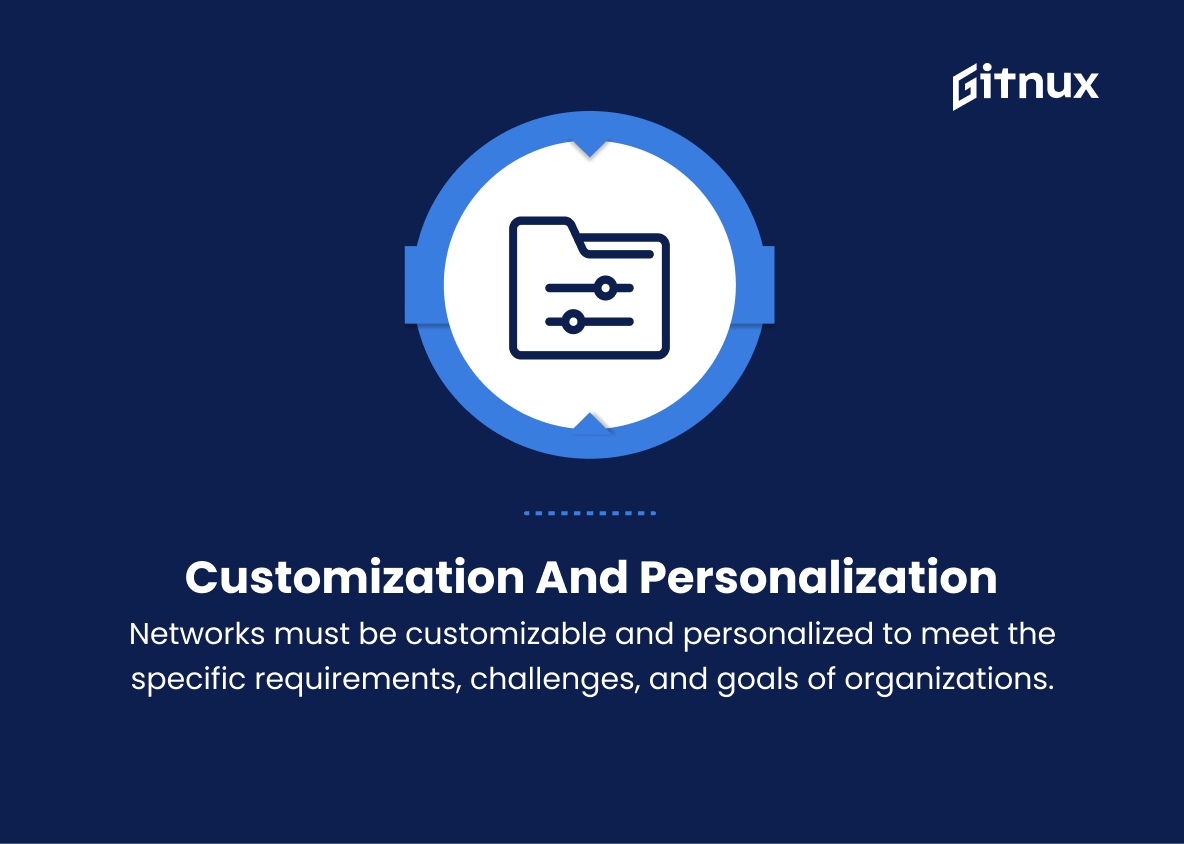The world of networking has always been a breeding ground for innovation and cutting-edge technologies, shaping the way we connect, communicate, and share information. As a vital cornerstone of our digital economy and society, it is imperative that we understand and adapt to networking trends that emerge and evolve.
In this insightful blog post, we will delve into the most prominent networking trends defining the current landscape — trends that will inevitably determine the way businesses operate and engage, fortifying their digital infrastructures and enriching user experiences. So, join us as we explore these transformative networking trends and discuss their implications for the future of connectivity.
Top Networking Trends
1. 5G and Beyond
The rollout of 5G networks will continue to revolutionize the speed and efficiency of internet connectivity, paving way for new applications and upgraded network infrastructure. This will be followed by the development of 6G and further advancements in wireless network technology.
2. Edge Computing
As more devices are connected to the internet, edge computing allows data processing and storage to be carried out closer to the point of origin, improving response times and saving bandwidth. This trend will continue to grow and evolve as the number of IoT devices increases.
3. Artificial Intelligence (AI) Integration
AI-powered network solutions will help manage and maintain complex networks, enhance security, and streamline the allocation of resources. Machine learning can also be utilized to predict and identify patterns in network performance for better management.
4. Software-defined Networking (SDN)
This approach centralizes network control and allows for more efficient and flexible management of networks. SDN will continue to play a dominant role in the evolution of networking by allowing administrators to adapt their networks quickly to changing environments.
5. Network Automation
As complexity grows in networking, automating network processes will become essential. This includes configuration, troubleshooting, management, and more, to minimize human error and enhance efficiency and accuracy.
6. Intent-based Networking (IBN)
This revolutionary approach to network management uses AI to determine and translate business objectives into network policies, thus automating the network configuration according to the desired outcome.
7. Network Security
With increasing cyber threats and vulnerabilities, the importance of robust network security will continue to grow. Organizations must invest in innovative security solutions such as zero-trust architectures, AI-powered threat detection, and blockchain-based security measures.
8. Cloud-based Networking
The expansion of cloud computing will strengthen cloud-based networking trends, including Network-as-a-Service (NaaS) and managed service providers, allowing organizations to reduce costs, increase flexibility, and improve scalability.
9. IoT, IIoT and M2M Networking
As the number of interconnected devices in the Internet of Things (IoT), Industrial Internet of Things (IIoT), and Machine-to-Machine (M2M) networks grows, there is a greater need for new networking protocols and infrastructures. These must be efficient, secure, and scalable enough to manage the increasing network load.
10. IPv6 Adoption
IPv6 will continue to gain prominence as IPv4 addresses are exhausted, leading to the need for a more efficient and scalable addressing system that can accommodate the increasing number of connected devices.
11. Quantum Networking
Although still in its infancy, quantum networking utilizes quantum entanglement and superposition to transmit data securely and with extremely low latency. This emerging technology has the potential to revolutionize the transmission of data and create unhackable communication channels.
12. Green Networking
With increasing concern for the environment and sustainability, green networking will become more prominent, focusing on energy-efficient network designs, equipment, and solutions to minimize the environmental impact of networking infrastructure.
13. Customization and Personalization
As networks continue to evolve, there will be an increasing need for customization and personalization, allowing organizations to tailor their networks to their specific requirements, challenges, and goals.
14. Mesh Networking
Mesh networks, which use a decentralized and distributed structure, can provide better coverage, capacity, and resilience. This trend may become more popular as the demand for connectivity grows, particularly in areas with limited infrastructure or during natural disasters, when traditional networks may fail.
15. Open Networking
This approach involves the use of open-source technologies, frameworks, and standards that allow for increased flexibility, interoperability, and innovation in network development and design. It is expected to continue gaining traction as organizations look for more adaptable and customizable networking solutions.
Implications
The ongoing advancement and implementation of 5G networks, and eventually 6G, will lead to significant improvements in internet connectivity and enable a wide range of new applications. As the number of IoT devices increases, edge computing will become increasingly crucial for efficient data processing, while AI integration will play a major role in network management, security, and resource allocation.
The centralization of network control through software-defined networking (SDN) will offer more agile networks, and network automation will be essential for addressing growing complexity. Intent-based networking (IBN) will leverage AI to bridge the gap between business objectives and network policies. Organizations will prioritize robust network security measures to counter cyber threats, while cloud-based networking will drive cost reduction, flexibility, and scalability.
The growing need for IoT, IIoT, and M2M networks will necessitate new infrastructure and protocols, and IPv6 adoption will address the shortage of IPv4 addresses. Emerging technologies like quantum networking will change the way data is transmitted securely and with extremely low latency.
At the same time, green networking will focus on reducing environmental impacts, and customization will gain importance for tailoring networks to specific organizational requirements. Mesh networking can provide better coverage, capacity, and resilience in challenging situations, and open networking will promote increased flexibility and interoperability through the use of open-source technologies.
Conclusion
In summary, some of the most notable networking trends are the emergence of 5G, the Internet of Things, network automation, Wi-Fi 6, edge computing, and an increased focus on network security. These technological advancements have the potential to revolutionize the way we communicate, connect, and exchange information. Looking into the future of networking, it’s essential for individuals and businesses to keep themselves informed of the latest trends and developments.
Moreover, it’s equally important to adapt and innovate continuously to harness these advancements for their benefit in this ever-changing field. By doing so, we will be better prepared to navigate the increasingly complex, interconnected, and dynamic world of networking.
